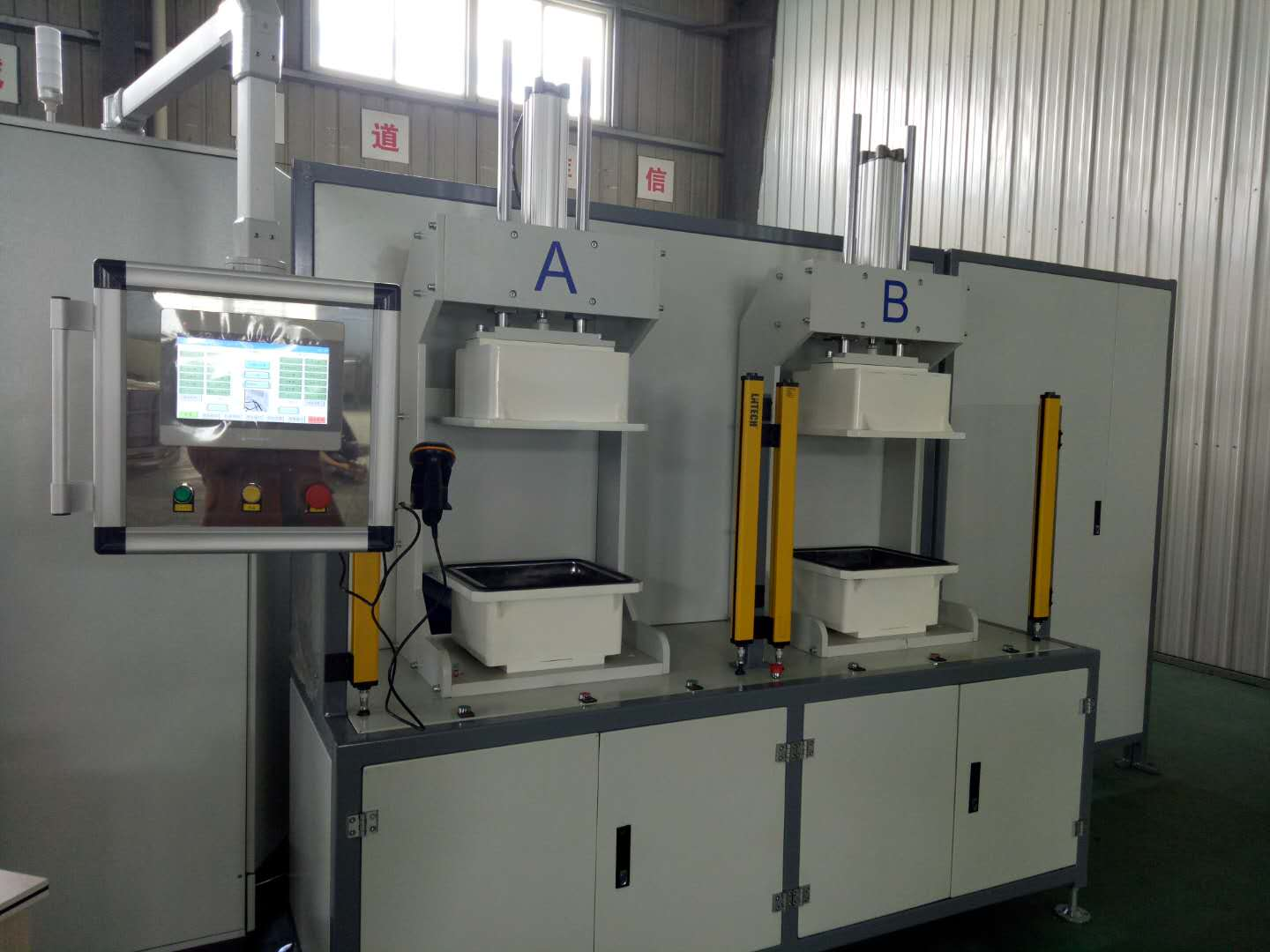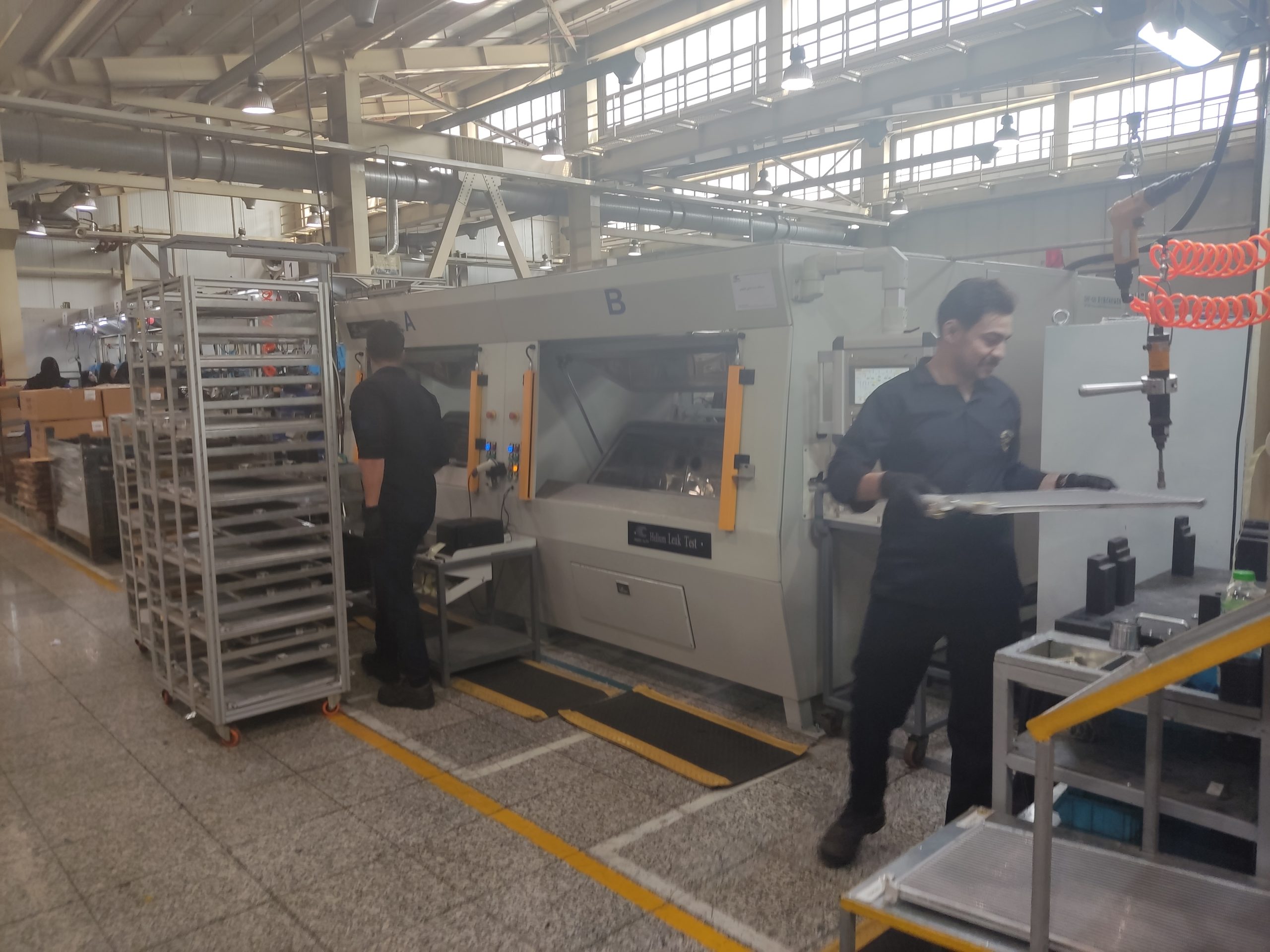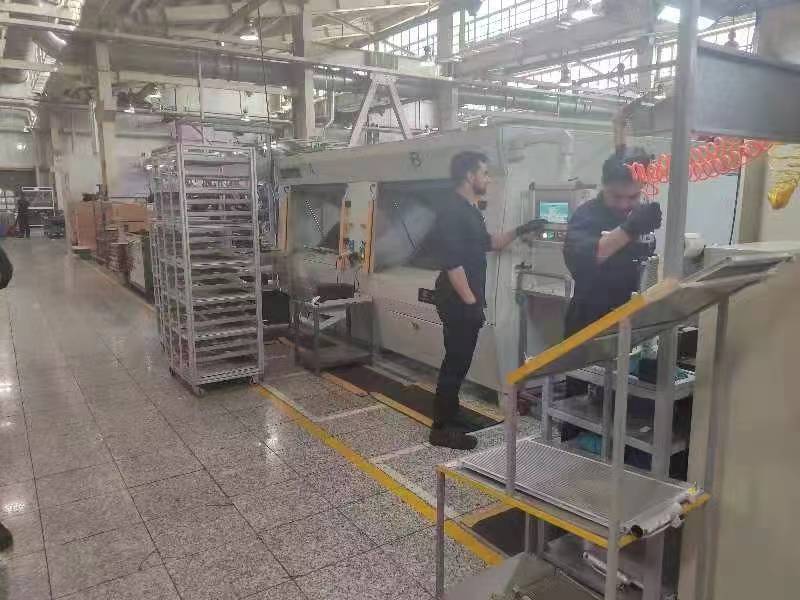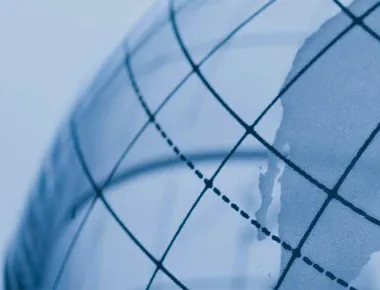-

The Importance and Benefits of Recovering Helium
Introduction Helium, a highly versatile element with unique properties, has become an integral part of various industries. From healthcare to manufacturing, helium plays a vital role in processes that require cooling or a low-temperature environment. However, as the demand for helium grows while its availability depletes, it has become increasingly important to focus on recovering helium. In this article, we will explore the reasons why recovering helium is crucial and the benefits it offers. Understanding the Importance of R...
2023-09-12Learn More
> -

Unlocking Efficiency and Sustainability with Helium Recovery Systems in Industrial Processes
Introduction Helium, a precious and finite resource, plays a vital role in various industrial applications such as MRI machines, welding, gas chromatography, and semiconductor manufacturing. However, the loss of helium during these processes poses both financial and environmental challenges. To address this, innovative helium recovery systems have emerged, allowing for the capture and recycling of helium gas that would otherwise be lost. In this article, we will delve deeper into the benefits and importance of helium recovery syst...
2023-09-05Learn More
> -

What is the leakage rate through a given leak?
The leakage rate through a given leak depends on various factors such as the size of the leak, the pressure difference across the leak, the type of substance flowing, and the properties of the material surrounding the leak. Without specific information, it is not possible to determine the exact leakage rate. The leakage rate can be measured in various units, such as liters per minute (L/min), cubic feet per minute (CFM), or any other appropriate unit of volume per time. The specific leakage rate through a given leak dep...
2023-08-31Learn More
> -

How to inside-out helium vacuum chamber leak testing?
Inside-out helium vacuum chamber leak testing is a technique used to detect leaks in a vacuum chamber by introducing helium gas into the chamber and monitoring for any helium leaks using helium mass spectrometry. The chamber is pressurized with helium gas from the inside and a vacuum is created on the outside. If there are any leaks present, helium gas will escape into the vacuum and can be detected by the mass spectrometer, indicating the location of the leak. Here's how the process generally works: Prepare the Vacuum ...
2023-08-26Learn More
> -

What are some common methods for helium leak testing a vacuum system?
Some common methods for helium leak testing a vacuum system include: 1. Mass Spectrometer Leak Detector (MSLD): This method uses a mass spectrometer to detect helium ions escaping from the system, enabling precise detection and localization of leaks. 2. Sniffer Probe: A sniffer probe with a helium-sensitive sensor is used to locate leaks by detecting the helium gas leaking out of the system. 3. Helium Spray Probe: Helium is sprayed onto the surface of the vacuum system, and a sniffer probe is used to detect...
2023-08-17Learn More
> -

How does a helium mass spectrometer work?
A helium mass spectrometer works by using a combination of electromagnetism and gas ionization techniques. It involves the following steps: The sample is placed in a vacuum chamber, and the chamber is evacuated to create a low-pressure environment. Helium gas is introduced into the chamber, and any existing air molecules are removed, as helium is the primary gas used in the process. An electron beam is emitted, colliding with helium atoms in the chamber and ionizing them by removing an electron. This creates a s...
2023-08-10Learn More
> -

What is the leak rate for helium leak test?
The leak rate for a helium leak test refers to the rate at which helium gas escapes from a system or object being tested. It is typically measured in units such as milliliters per second (ml/s) or cubic centimeters per minute (cc/min). The specific leak rate required for a helium leak test depends on the application and the sensitivity of the testing equipment. In some industries, such as aerospace or semiconductor manufacturing, extremely low leak rates on the order of 10^-9 to 10^-12 cc/s may be required to ensure the integrit...
2023-08-04Learn More
> -

What is the vacuum chamber method of helium leak test?
The vacuum method of helium leak testing is a technique used to detect and locate leaks in a system or component by creating a vacuum and introducing helium gas as a tracer. Here's how the vacuum method of helium leak testing typically works: Prepare the Test Setup(vacuum chamber helium leak detecting system): Begin by setting up the test apparatus, which usually includes a vacuum chamber or a sealed test enclosure. Ensure that the system or component to be tested is properly connected to the test setup, with all necessary val...
2023-07-27Learn More
> -

What is helium mass spectrometer leak detector?
A helium mass spectrometer leak detector is a specialized instrument used to detect and locate leaks in various systems or components. It operates based on the principle that helium, being a small and light gas, can easily penetrate even the smallest leaks. Here's how a helium mass spectrometer leak detector typically works: Vacuum Chamber: The system to be tested is placed inside a vacuum chamber, which is then evacuated to create a low-pressure environment. Helium Inlet: Helium gas is introduced into the cham...
2023-07-13Learn More
> -

Introduction to helium mass spectrometer leak detection
Helium mass spectrometer leak detection is a highly sensitive and reliable method used to detect and locate leaks in various systems and components. It is commonly employed in industries such as manufacturing, aerospace, automotive, and HVAC. The principle behind helium mass spectrometer leak detection is based on the fact that helium is an inert gas and has very small atomic size. This allows it to easily penetrate even the smallest leaks in a system. The process involves introducing helium gas into the system under test and th...
2023-07-06Learn More
>










